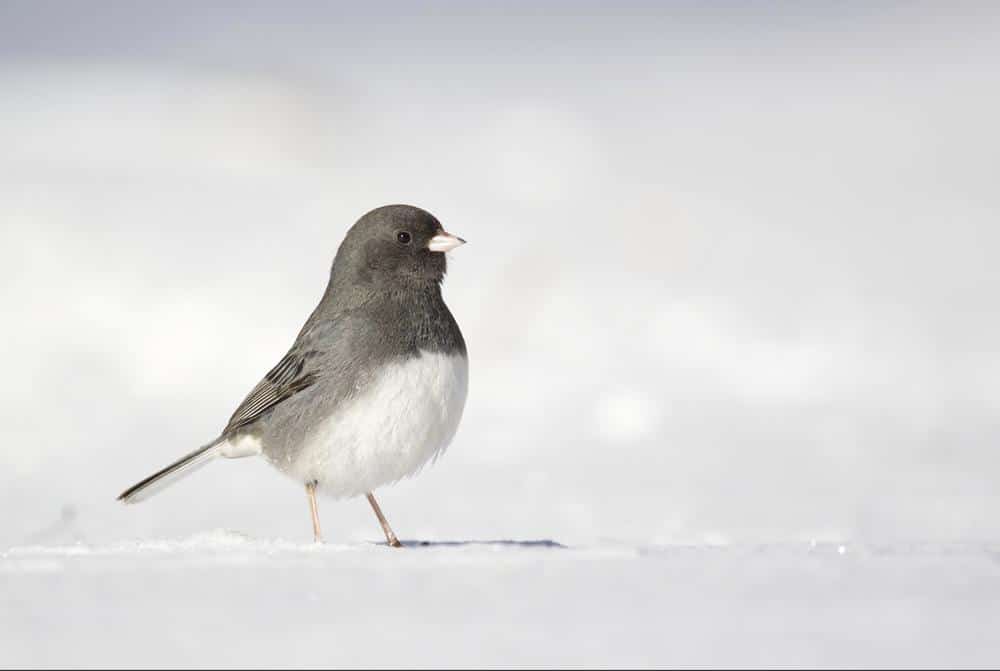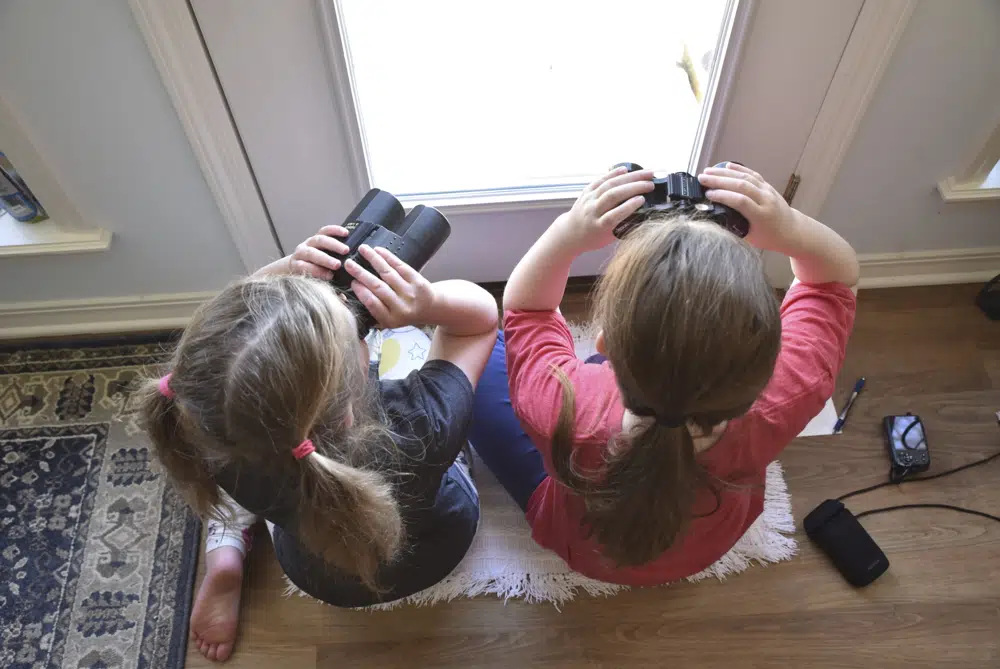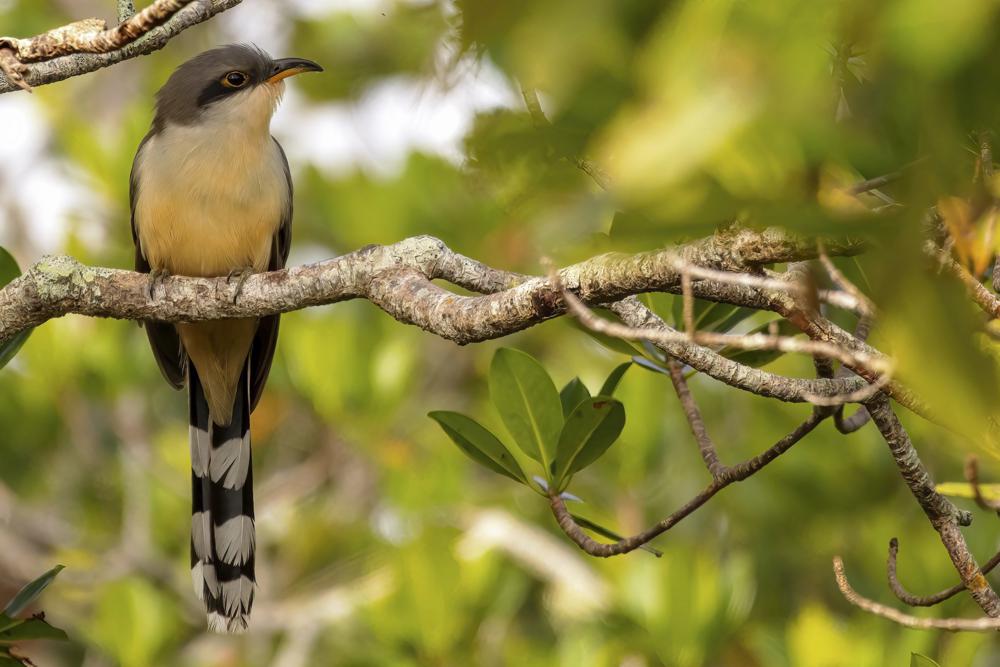Steve and Janet Kistler of Hart County, Kentucky, will definitely take part in the Great Backyard Bird Count when it starts on Friday. Since the now-global tradition began 25 years ago, they have done so yearly.
This will be the first count for Moira Dalibor, a middle-school math teacher in Lexington a couple of hours away. She’s leading a group of students and parents to a nursery for a data-gathering exercise.
They’ll be among hundreds of thousands of people worldwide, counting and recording over four days. The Great Backyard Bird Count, or GBBC, was completed by approximately 385,000 people from 192 countries last year.
“Every year, we see increased participation,” says Becca Rodomsky-Bish, project leader at the Cornell Lab of Ornithology in Ithaca, New York, which organizes the count with the National Audubon Society and Birds Canada.
Tens of thousands of people submitted checklists in India, which had the highest participation outside of the United States last year — a 28% increase from 2021.
This global data is fed into the eBird database, which scientists use to research bird populations, which have declined dramatically in recent decades. It’s part of a growing trend of “citizen science” projects in which volunteers gather data about the natural world for researchers to use.
And, according to Steve Kistler, the more people interested in bird watching, the better.
Many Watchers Use eBird
“It’s fun and important to get the numbers, but it’s just a joyful thing to do,” says Kistler, who leads watching trips locally and internationally.
Many bird watchers use eBird all year, and it has amassed massive amounts of data — often between 1 million and 2 million bird checklists per month from around the world in the last few years, according to Rodomsky-Bish.
These figures assist researchers in tracking the ups and downs of various species, which aids in determining the direction of conservation efforts.
“We’re losing the net number of birds worldwide,” says Rodomsky-Bish.
Cornell University researchers discovered 3 billion fewer birds in North America in 2019 than in 1970.
“The bad news is that the declines in the data are coming out strong and hard,” Rodomsky-Bish adds. “The good news is that we wouldn’t know if we didn’t have that data. And this enables many areas to take direct action.”
According to her, the pandemic contributed to the increased interest in the GBBC and birds in general.
“Birds were company during this period of isolation,” she says, and observing them “is an accessible way to connect with the natural world. There are flyers everywhere. You are not required to leave your home. They will arrive… They’re also charming. They’re entertaining and fascinating to watch.”
Birds were company during this period of isolation
Compared to other counts, such as Audubon’s 123-year-old Christmas Bird Count and the Cornell Lab’s Project FeederWatch, the GBBC is user-friendly.
How it works: Participants observe birds by looking out the window for 15 minutes or traveling to a nature preserve. Organizers recommend the Merlin bird ID app for distinguishing birds based on size, shape, song, or other characteristics. Along with their phones, many participants carry field guides and binoculars.
They then enter their discoveries into the eBird app.
“‘I can contribute to science — it’s simple,’ anyone can say. “If I can identify one bird in four days, I’ve done my job,” says Rodomsky-Bish.
She says that counting in February gives a good picture of the situation before many birds start their yearly spring migrations.
Dalibor, who teaches at the Redwood Cooperative School in Kentucky, has been learning how to use the Merlin app and researching local species. The children will use pencils and clipboards to record bird sightings, and parent volunteers will enter those numbers into phones.
“It’ll be authentic data we collected ourselves that real scientists will use. Being connected to the larger world has a purpose and action behind it, which is unique for them,” Dalibor says.
50 grackles fly by in a flock; you get pretty good at estimating
Ganeshwar SV, director of the Salem Ornithological Foundation in India, prioritizes instilling a love of nature in young children. He works with schools to get them involved in conservation programs, such as the GBBC, and says the goal is “not to count but to enjoy birds.”
“It’s not uncommon for children to wander around in rural areas and use catapults (slingshots) to kill them,” he says. “The same hands that used catapults to hit them are now building nest boxes and taking notes on birds and their behavior.”
He claims that the students do not have smartphones and “wouldn’t have seen a binocular in real life.” They keep track of their sightings in notebooks.
Steve Kistler, in rural Kentucky, advises beginners to “start easy, birding around the home. Or go out with a group that day.”
“If 50 grackles fly by in a flock, you get pretty good at estimating,” he says, dismissing exact counts. We don’t need to have it down to the last grackle for what you’re doing.”
Bird counts can also become competitive.
“If you can outnumber last year’s species count, that’s a good day,” Kistler says.
SOURCE – (AP)











